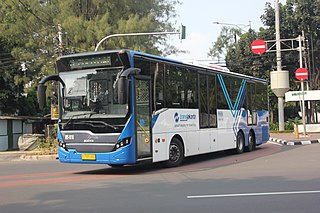
Bus rapid transit (BRT), also referred to as a busway or transitway, is a bus-based public transport system designed to have much more capacity, reliability and other quality features than a conventional bus system. Typically, a BRT system includes roadways that are dedicated to buses, and gives priority to buses at intersections where buses may interact with other traffic; alongside design features to reduce delays caused by passengers boarding or leaving buses, or paying fares. BRT aims to combine the capacity and speed of a light rail transit (LRT) or mass rapid transit (MRT) system with the flexibility, lower cost and simplicity of a bus system.

Intermodal passenger transport, also called mixed-mode commuting, involves using two or more modes of transportation in a journey. Mixed-mode commuting is often used to combine the strengths of various transportation options. A major goal of modern intermodal passenger transport is to reduce dependence on the automobile as the major mode of ground transportation and increase use of public transport. To assist the traveller, various intermodal journey planners such as Rome2rio and Google Transit have been devised to help travellers plan and schedule their journey.
BC Transit is a provincial crown corporation responsible for coordinating the delivery of public transportation within British Columbia, Canada, outside Greater Vancouver. BC Transit is headquartered in Victoria, British Columbia. In 2023, the system had a ridership of 26,377,500, or about 108,500 per weekday as of the fourth quarter of 2023.
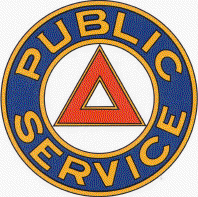
Transport of New Jersey (TNJ), earlier Public Service Transportation and then Public Service Coordinated Transport, was a street railway and bus company in the U.S. state of New Jersey from 1917 to 1980, when NJ Transit took over their operations. It was owned by the Public Service Corporation, now the Public Service Electric and Gas Company.

Worcester Regional Transit Authority (WRTA) is a public, non-profit organization charged with providing public transportation to the city of Worcester, Massachusetts and the surrounding towns. The WRTA was created in September 1974 under Chapter 161B of the Massachusetts General Laws. This act also created several other regional transit authorities in Massachusetts, including the Greater Attleboro-Taunton Regional Transit Authority and the Pioneer Valley Transit Authority among others; in terms of ridership, the WRTA is the second largest regional transit authority and third largest transit system in Massachusetts.
West Kootenay Transit System is the public transit system in Trail, Castlegar, Nelson, British Columbia and surrounding area. The transit services are operated from Trail, Castlegar, Nelson and serve Rossland, Warfield, Genelle, Montrose, Fruitvale, Salmo, Kaslo, Creston, Nakusp. Funding is provided under a partnership between the Regional District of Kootenay Boundary, Regional District of Central Kootenay and BC Transit. handyDART provides door-to-door transportation for people whose disability prevents them from using conventional bus service.

Free public transport, often called fare-free public transit or zero-fare public transport, is public transport which is fully funded by means other than collecting fares from passengers. It may be funded by national, regional or local government through taxation, and/or by commercial sponsorship by businesses. Alternatively, the concept of "free-ness" may take other forms, such as no-fare access via a card which may or may not be paid for in its entirety by the user.
CK Transit provides the conventional bus transportation in Chatham-Kent, Ontario, Canada.
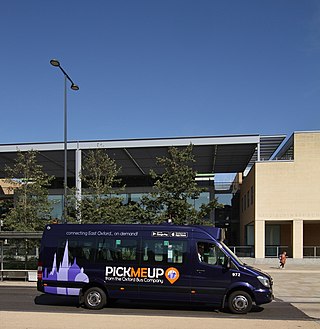
Demand-responsive transport (DRT), also known as demand-responsive transit, demand-responsive service, Dial-a-Ride transit, flexible transport services, Microtransit, Non-Emergency Medical Transport (NEMT), Carpool or On-demand bus service is a form of shared private or quasi-public transport for groups traveling where vehicles alter their routes each journey based on particular transport demand without using a fixed route or timetabled journeys. These vehicles typically pick-up and drop-off passengers in locations according to passengers needs and can include taxis, buses or other vehicles. Passengers can typically summon the service with a mobile phone app or by telephone; telephone is particularly relevant to older users who may not be conversant with technology.
Railway City Transit includes both conventional city transit buses and paratransit vehicles owned by the City of St. Thomas, Ontario and staffed and operated by Voyageur Transportation, who took over the service from Aboutown Transportation on January 1, 2012.

Stratford Transit provides the local bus service in Stratford, a city in Southwestern Ontario, Canada. The system is owned and operated by the city as part of the Community Services Department.
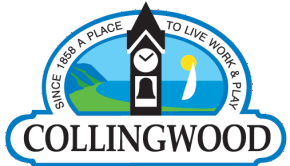
Colltrans is the municipal transit system in the Town of Collingwood in Central Ontario, Canada. Although this is a small system, running only three routes on 30 minute loops from the downtown terminal, it provides service to the community seven days a week, with the exception of statutory holidays. The terminal is an outdoor curbside location on the southeast corner of Second Street and Pine Street with no facilities other than two bus shelters. Fares are $2.00, with students receiving a 50 cent discount and children riding for free.
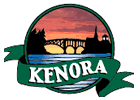
Kenora Transit is a small public transportation system in the city of Kenora in Northwestern Ontario, Canada, close to the Manitoba border and less than 200 kilometres (120 mi) east of Winnipeg. Service consists of three bus routes which operate between 7:00am and 6:30pm on weekdays, due to driver shortage there is currently no service on Saturdays and there is no transit service on Sundays or public holidays. Handi Transit provides transportation for residents who are unable to access the regular transit bus. It is highly unreliable and the City of Kenora does nothing to improve this known problem.
Fort McMurray Transit is a public transportation system provided by the Regional Municipality of Wood Buffalo, in northeastern Alberta, Canada. Services consist of local scheduled bus routes, specialized transportation for people with disabilities and school buses. Service is focused on the urban area of Fort McMurray, the only major population centre in the region, with some service to outlying communities.

St. Albert Transit (StAT) is the public transportation system in the city of St. Albert, Alberta, Canada, which is located about 15 kilometres (9.3 mi) northwest of downtown Edmonton. Scheduled bus service consists of local circuits within the community and express commuter routes to Edmonton. The city owns and maintains the vehicles but the drivers are privately contracted from Diversified Transportation.
The Exo Chambly-Richelieu-Carignan sector was formed in 1984 to provide public transit service to the communities of Chambly, Richelieu and Carignan. This area is in southwestern Quebec, Canada, about 25 kilometres (16 mi) east of Montreal on the Richelieu River. In 1993 it was agreed to expand service to St-Mathias-sur-Richelieu, and in 1994 it was the turn of Marieville to join.
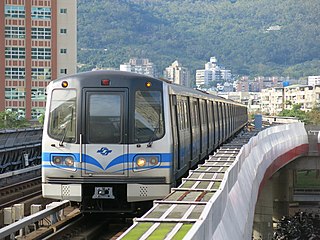
Public transport is a system of transport for passengers by group travel systems available for use by the general public unlike private transport, typically managed on a schedule, operated on established routes, and that may charge a posted fee for each trip. There is no rigid definition of which kinds of transport are included, and air travel is often not thought of when discussing public transport—dictionaries use wording like "buses, trains, etc." Examples of public transport include city buses, trolleybuses, trams and passenger trains, rapid transit and ferries. Public transport between cities is dominated by airlines, coaches, and intercity rail. High-speed rail networks are being developed in many parts of the world.

The transportation system in Metro Manila covers the road network, rail network, ferries, ports and airports located with the metropolitan Manila area. Road transportation in Metro Manila is diverse, composed of many types of private and public transport vehicles. These include Taxis, buses, jeepneys, tricycles and pedicabs. In some areas, especially in Divisoria and large public markets, two-stroke motors are fitted in the pedicabs and are used for goods transport. Regardless of modernity, horse-drawn kalesas are still used in the streets of Binondo and Intramuros. Ridesharing services such as Grab also operate within in Metro Manila.
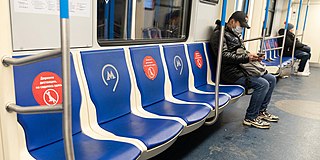
The COVID-19 pandemic had a large impact on public transport. Many countries advised that public transport should only be used when essential; passenger numbers fell drastically, and services were reduced. Provision of a reasonable service for the much smaller number of fare-paying passengers incurred large financial losses.













